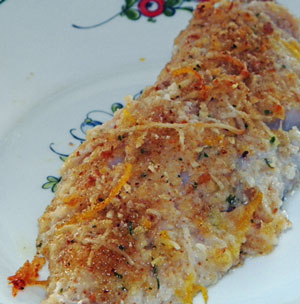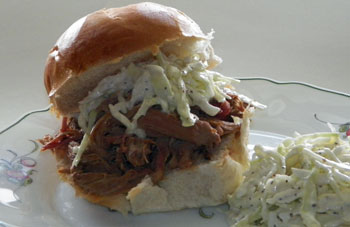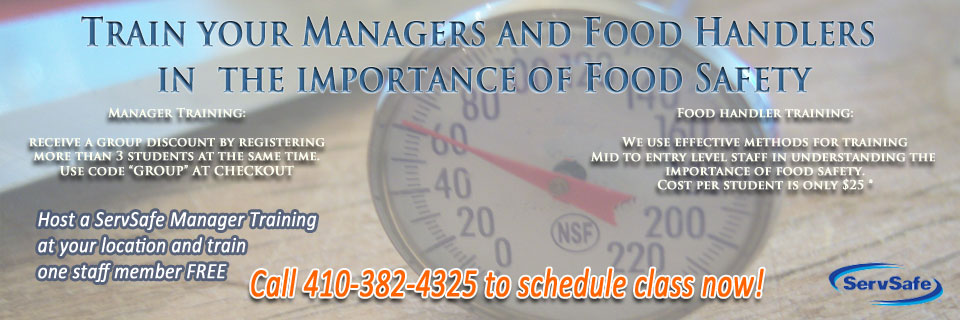1 in 6 Americans will become affected by Foodborne Illness every year. Please note that I said, “Foodborne Illness” and not food poisoning. Although most people refer to upset stomach, vomiting and diarrhea after eating a suspect food as food poisoning it is not an accurate statement.
I bring this up because I often see blogs that write very authoritative articles on how to prevent, treat and today I read one packed with inaccurate information about when to seek medical care. The FDA has this statement when asked, “What is the difference between food poisoning and foodborne illness?
Both terms, foodborne illness and food poisoning, are often used interchangeably by consumers. However, both have different meanings. Foodborne illness is an infection or intoxication that results from eating food contaminated with viable (live) microorganisms or their toxins. Foodborne illness also includes allergic reactions and other conditions where foods act as a carrier of the allergen. Food poisoning is a form of foodborne illness and is caused by the ingestion of preformed toxins.”
So why does it matter what you call it? You the consumer can call it whatever you like. However, if you are relying on information on the web to make decisions like, “When should I go to the doctor?”. please make sure the website you are getting the information from is using the correct term. A knowledgeable site or blog will use the proper terms.
If you think you have become ill from food you ate at a restaurant you owe it to the rest of the community to get diagnosed. One of the most common causes of foodborne illness is from Norovirus. It spreads rapidly and fast.
The CDC estimates show that 58% of foodborne illness is caused by the Norovirus pathogen. Although the illness associated with Norovirus is usually resolved within a few days to a week in MOST cases, individuals that have had Norovirus can still spread the virus to others even after they are symptom free. Some reports have found Norovirus in feces for up to two weeks after symptoms have ended. This is why if you suspect any type of foodborne illness you should seek medical attention immediately. Although your symptoms my seem manageable you should get an official diagnosis. Norovirus is one of 5 pathogens that must be reported to the local heath department.
Be sure you are getting your information from a reliable source. You can also ask your question directly to the FDA via Ask Karen.





